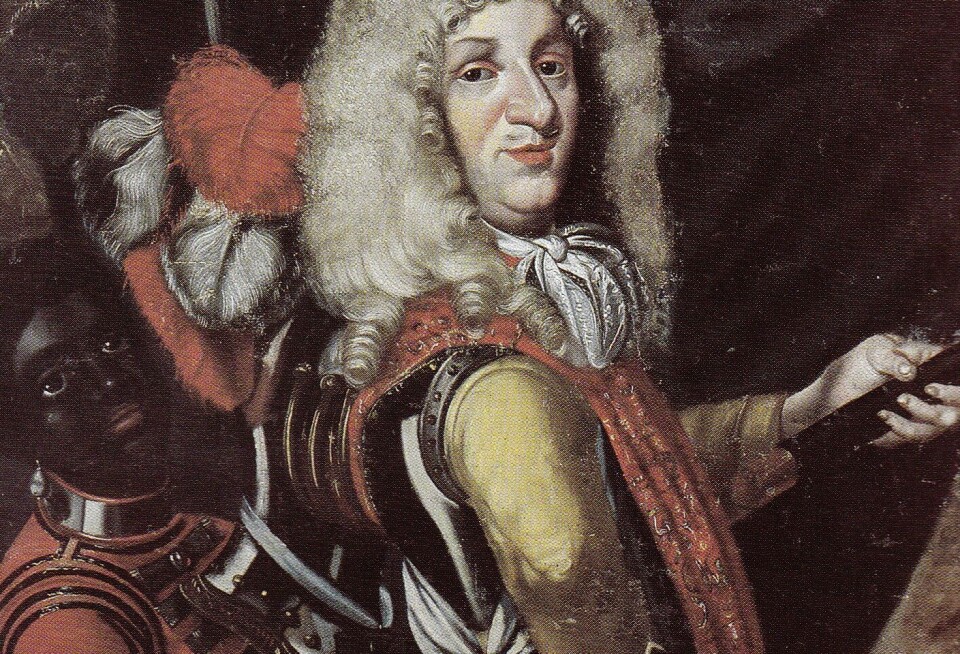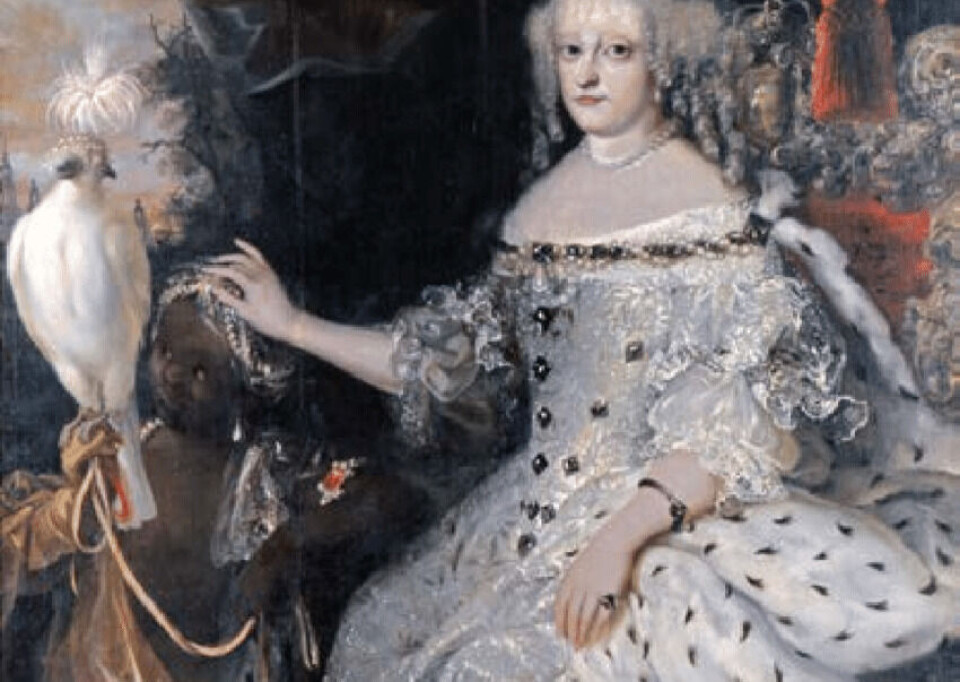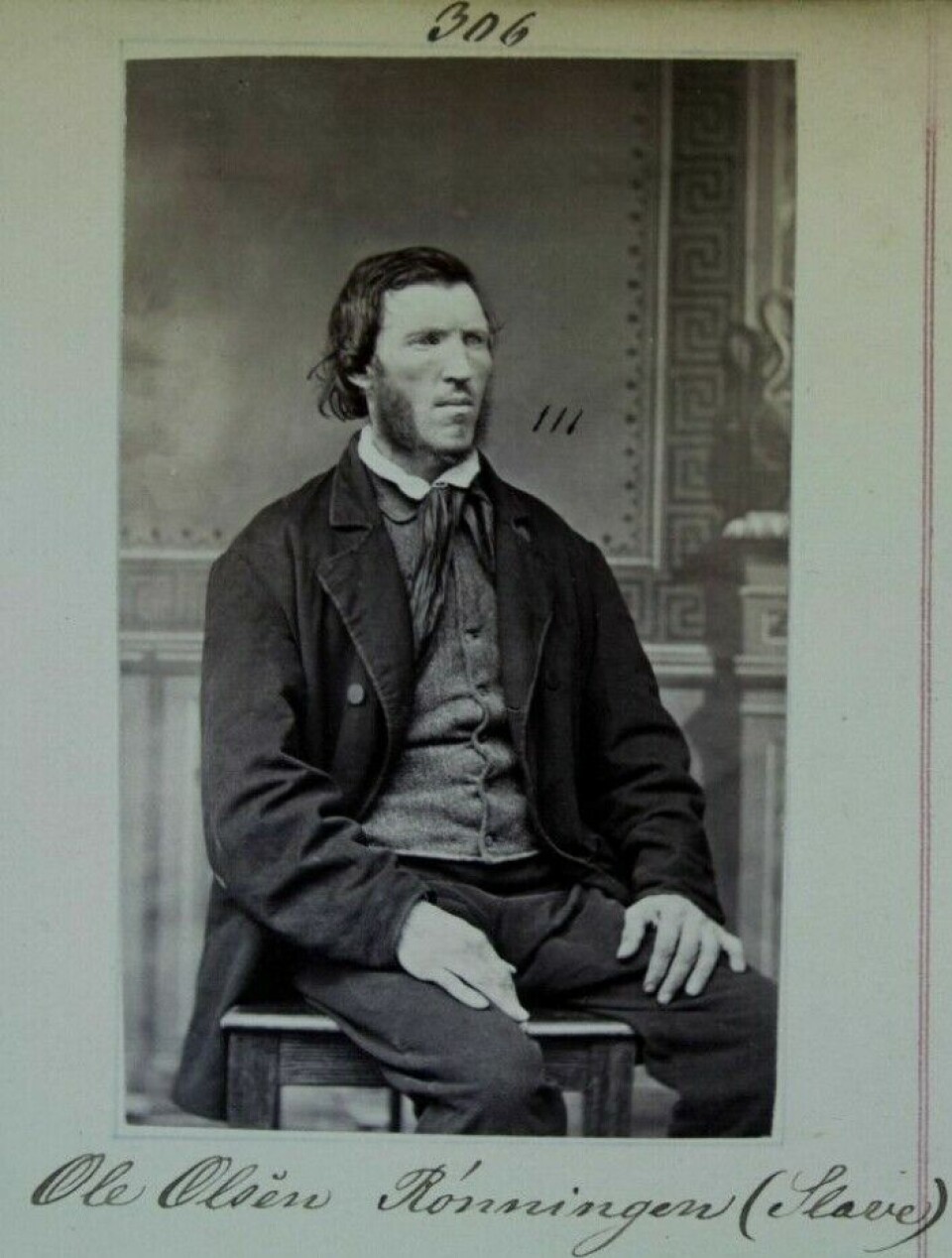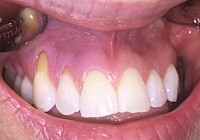
Vilhelmine and Adam Jacobsen were slaves in Norway
Denmark-Norway engaged in slave trade to have workers on the plantations in their colony. Some of the slaves ended up in Norway.
According to the 1803 census, Vilhelmine is a 29 year old woman who lives in Stange, southeastern Norway. She is a slave.
She came to Norway from the Danish colony of Saint Croix, a small island in the Caribbean.
Vilhelmine worked for Jemina Høgh, the daughter of a Danish governor on Saint Croix. When Jemina married and moved to Stange, Vilhelmine travelled with her.
Historian Hanne Østhus from NTNU shared this story at a recent seminar in Oslo. She studies slavery in private households in the 17th and 18th centuries in Denmark-Norway.
Vilhelmine’s specific duties are not listed anywhere.
Defined as property
“I’d assume that she had the same tasks as the servants, but we don’t know much about what they did either,” Østhus said.
However, there was a big difference between Vilhelmine and the paid servants.
“Unlike slaves, the servants had employment contracts that they could terminate. Vilhelmine was defined as property,” she said.
In the worst case, a slave could be killed by her owner without punishment – precisely because she was property. But killing a servant girl led to punishment.
Included in paintings
Some of the slaves had a very special task.
It was to stand with their owner when he or she had to have their portrait painted.
“The slaves were something exotic that owners wanted to show off. That’s why they're dressed in nice clothes and had a place in the paintings, in contrast to the servants who were almost never depicted,” said Østhus.

Married and moved
Vilhelmine manages to get out of slavery. At the age of 36, she marries a tenant farmer, Kristoffer Østensen, and the two move further south to Akershus county.
Wealthy people had their portraits painted and stories told. Ordinary people are only briefly noted in official archives.
Vilhelmine appears again in the church register in Ullensaker in 1830. By then, she was dead, at age 56. The couple had no children, according to the husband's information in the inheritance settlement. There was also no money left in the estate after the debt was paid.
“ It seems they lived a poor life. She owed money to the doctor, so she was probably sick before she died,” said Østhus.
According to Danish popular science media Videnskab.dk, 100,000 slaves were trafficked on ships from African countries to the Danish colonies in the Caribbean. It is possible that Vilhelmine was one of them, as her husband stated that she was from Africa.
Adam, son of Jacob
On three islands in the Caribbean, called the Danish West Indies, and in the colony of Trankebar in India, enslaved Africans had to work on plantations. The work was hard, and many died.
Some of them worked as servants for the plantation owners or for those who governed the island.
“When the slave owners returned home to Denmark-Norway, they brought one or two slaves with them,” said Østhus.
Adam was born on Saint Croix. His parents were slaves. Adam, unlike Vilhelmine and others who were enslaved, has a surname. His name is Jacobsen after his father Jacob.
Hans Herlofson is a rich merchant in city of Arendal, with good connections in the Danish colonies. He ordered a slave and paid 300 riksdaler, which was a dramatically large amount, Østhus said.
The merchant chooses to take 12-year-old Adam to Arendal in 1780. He worked in the store's warehouse and on Herlofson's farm.
“We know the story of Adam Jacobsen because he escaped,” said Østhus.

Mother wants to buy her son’s freedom
Jacobsen manages to escape in 1791, ten years after he arrived in Norway. At first, he stays in the area around Arendal, living off fruit and vegetables. Then Jacobsen gives up and goes to the city, where he reports to the city bailiff, according to historian Gustav Sætra in the book Aust-Agder arv (Aust-Agder heritage).
Jacobsen asks the bailiff for travel papers, a document that would allow him to return to Saint Croix.
His mother, Sofia, has been freed. She wants to buy her son's freedom and has offered 170 riksdaler.
Hans Herlofson says no. He wants Jacobsen to be punished, then brought back to him. The bailiff places Jacobsen under arrest and interrogates those involved.
Jacobsen explains that he fled the farm because he had been treated badly. He had to work very hard, hauling sacks from the dock to the warehouse, and working in the fields. Herlofson scolded him and hit him.
A Christian peer
The bailiff needs help to resolve the case. He sends letters up the chain of command, explaining that Adam Jacobsen is baptised and confirmed, making him a Christian and a person of equal status.
The bailiff decides that Jacobsen has not committed any crime. He concludes that although Herlofson bought Jacobsen, it does not make him unfree, as there is no slavery in Norway.
“Norway did not have its own laws for slavery, but followed the Danish ones,” said Østhus.
However, there were many laws for servants that regulated dismissals, agreements, and conditions.
“They could have chosen to apply these laws, but they chose not to with Jacobsen or in other cases involving enslaved people,” she said.
Disappearance
Adam Jacobsen becomes a free man.
Then all traces of him disappear.
The 1801 census shows that he is no longer with Hans Herlofsen. But did he stay in Norway? Did he return to his mother on Saint Croix? Nobody knows.
Hanne Østhus tracks down those who worked in households in Denmark-Norway.
There aren't many. In Norway, she has found 10 people so far. They are often not referred to as slaves in letters, church records, and archives. So the work to find them is painstaking.

Slavery as punishment
Those who officially had the status of slaves were criminals who received the harshest punishment of the law.
Lauritz Bang was a former officer but took a civilian job at Norges Bank when he moved to Oslo.
The family was in dire financial straits, and Bang supplemented his income by helping himself to the bank's funds. The police found valuables equivalent to several years' wages when they arrested him in 1827.
Lauritz argued for leniency, citing mitigating circumstances: his wife was sick, his parents were old, and his financial struggles and debt were overwhelming. Colleagues and superiors attested to his good character.

Despite this, he was sentenced to 13 years of slavery. The judge imposed a harsher sentence because Lauritz Bang came from the higher classes of society and therefore should have understood the consequences of stealing.
The shame of slaves
For the next few years, Lauritz Bang had to live in the city's fortress, wear a prisoner uniform, and have chains around his body, legs, and arms. Prisoners worked without pay on construction sites or sweeping the streets.
Their visibility in the streets was a great shame for the family.
Bang's wife, Maren, wrote letters to the king. She would rather have her husband exiled than have their children see their father walking around the city as a slave.
Slavery as punishment gradually disappears during the 19th century.
In 1833, there were 215 slaves at Fredriksten Fortress, sentenced to varying lenths of forced labour, little food, a lot of punishment, and public shame.
In 1844, around 500 slaves were held at Akershus Slavery in Oslo. By 1880, the institution was renamed a penal facility, ending the practice of sentencing people to slavery.
Rebellion
Slavery in the Danish colonies ended a little earlier.
In 1792, Denmark-Norway was the first nation to adopt a ban on the transatlantic slave trade. However, this did not immediately end slavery, according to Videnskab.dk (link in Danish). A ten-year transitional period was introduced, during which internal slave trade was still allowed.
The purpose of this arrangement was to give plantations time to purchase enough slaves to be self-sufficient after the ban took effect.
The number of slaves in households increases during this ten-year period in Copenhagen – from 19 people before the ban in 1792 to 51 people ten years later, according to Østhus.
In 1847, it was decided that slavery should end. The plan was a new transitional arrangement, but it came to an abrupt end the following year when 8,000 slaves rebelled and took back their freedom.
References:
Aust-Agder-arv (Aust-Agder heritage), Yearbook for Aust-Agder cultural history centre, 1992.
Bugge, K. Fullbyrdelsen av frihetsstraff i det 18. århundre (The execution ofpenal servitude in the 18th century), Universitetsforlaget, 1969.
Østhus, H. The Case of Adam Jacobsen. Enslavement in 18th-Century Norway, Scandinavian Journal of History, vol. 48, 2023. DOI: 10.1080/03468755.2023.2229834
———
Translated by Ingrid P. Nuse
Read the Norwegian version of this article on forskning.no






































